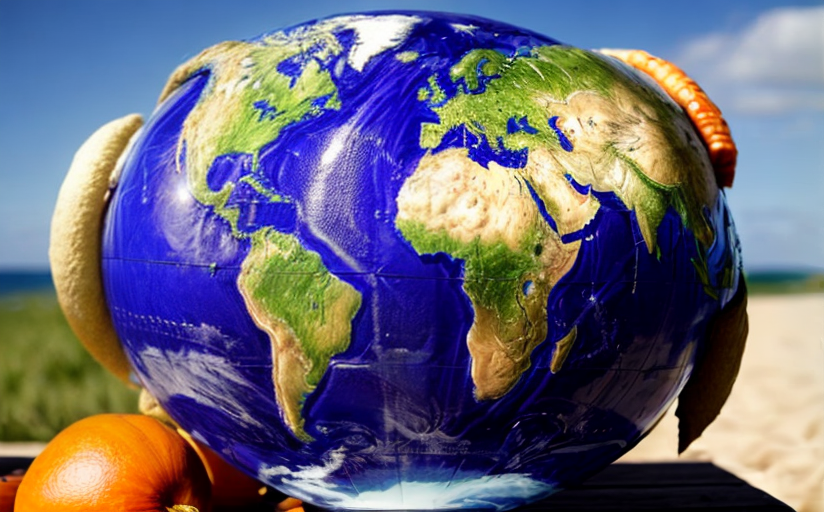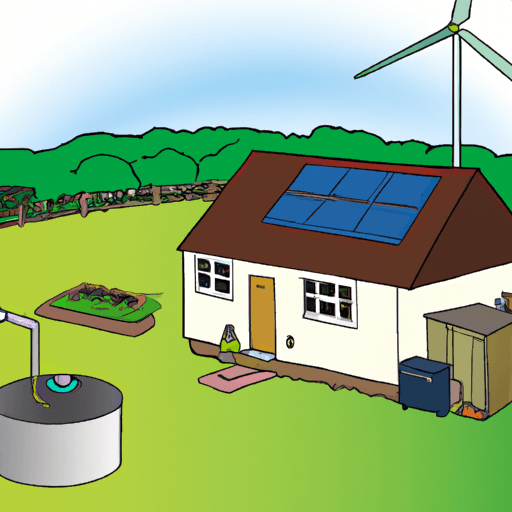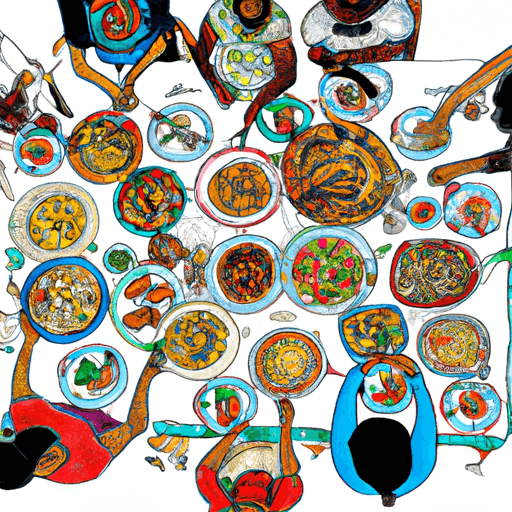Impacts Of Climate Change On Global Cuisines: An Investigation
Climate change, indisputably one of the most pressing issues of our time, holds great impacts on all aspects of human life, including our meals. This article delves into how climate change is influencing global cuisines, altering the agriculture and fishing landscapes, and affecting the food market at large.
1. Effects on Agriculture and Fishing
Climate change massively impacts every facet of food production. Rising temperatures, unpredictable weather patterns and the hike in the likelihood of extreme weather events, have shaking implications on farming and fishing, consequently, reshaping the face of global cuisines.
A. Impact on Agriculture
In Italy, as an example, the hotter climate affects the vineyards, especially those used to produce Prosecco. The changing weather patterns are accelerating the ripening of grapes, altering the unique taste of this globally beloved sparkling wine and threatening its production.
B. Impact on Fishing
Similarly, the warming waters are affecting seafood availability. In Japan, a rise in sea temperatures has led to a decrease in the population of Japanese eels, a staple in Japanese cuisine, disrupting the food supply chain and impacting the local food culture.
2. Adapting to Change in Culinary World
These environmental changes have prompted adaptations and innovations within the culinary industry. Chefs, food companies, and consumers are altering their behavior in response.
A. Role of Chefs
Renowned chefs across the world are championing menus which focus on locally-sourced, seasonal ingredients. In the Netherlands, chef Richard van Oostenbrugge at the Restaurant 212 in Amsterdam, uses local vegetable roots in place of the globally threatened citrus fruits, resulting in sustainable yet delicious alternatives.
B. Changing Trends in Food Industry
New food initiatives and companies, such as Beyond Meat and Impossible Foods, are creating plant-based alternatives to traditional meat products which are both tasty and environmentally friendly.
C. Consumer Adaptability
Leaders in climate change such as in Sweden are seeing a rise of 'klimatångest'– climate anxiety, where consumers are actively altering their food and consumption habits to reduce their carbon footprint.
3. Innovative Solutions
Climate-smart agriculture, greenhouse farming, vertical farming, aquaculture, and other innovative solutions are emerging to combat these detrimental effects.
A. Climate-Smart Agriculture
Countries like Kenya have begun promoting Climate-Smart Agriculture (CSA) practices which focus on adaptation to climate change, reduction of emissions, and improved food productivity.
B. Aquaponics and Hydroponics
In regions with volatile climates, methods like aquaponics and hydroponics are being explored. These methods, utilizing soil-less farming techniques, decrease the dependence on predictable climate patterns for food production.
Through combined efforts of individuals, communities, and corporations, and through scientific innovations and adaptations in our dietary habits, we can mitigate these impacts and protect our global culinary heritage.




















Comments
Leave a Comment